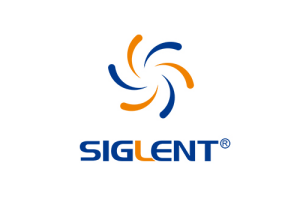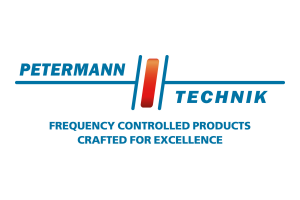Quality rather than quantity
Artificial intelligence gains with embedded systems
Fortsetzung des Artikels von Teil 1
There is room for everyone...

Google has also recognized the importance of the edge and developed its own Tensor Processing Unit (TPU) for this. The “Edge TPU” is an ASIC for processing “TensorFlow Lite” ML models and is designed for specific embedded requirements. Power consumption, costs and space requirements are optimized for the limited resources of edge devices. Despite the success of “Google Now”, the TPU will initially not be used in consumer devices, but in Industrial IoT (IIoT) and enterprise IoT gateways. Google therefore expects to improve reliability, security for data and device as well as faster real-time predictions.
There are, therefore, numerous possibilities for the use of AI in embedded systems – but, who shall program this? “The question is what the tools look like? If it looks like today’s FPGA tool, it will then be rather difficult, because it requires a high level of specialization,” emphasizes Christian Eder. “Intel and Altera are working together to outsource algorithms in the server area to FPGAs and to simplify this from the usability point of view. It is not necessary to get involved in the programming, the algorithms are decisive – and that’s the actual know-how of the users. Once the consistency with APIs is given, you can model the solutions with completely different tools – the actual code is produced by generators.”
In the embedded sector, regulatory issues often play a decisive role. But how can self-learning systems be certified? “Intelligence such as Alexa is just simply chatting from time to time – therefore, not a lot can happen. In other applications, however, a lot can happen. How to certify autonomous driving is a mystery to me,” admits Christian Eder. “I consider this nothing less than impossible. Functional safety and traceability are our topics. With an AI system you don’t quite know.”
Some other important questions arise: “How and when should products that change be certified?” says Harald Maier, Business Development at TQ Group. “And where is the intelligence – is it in the vehicle or is it in the higher-level system, where learning also takes place?”
However, the embedded developers are not totally left to their own devices. “There is now a working group that is addressing precisely this topic,” reports Karl Margraf. “The German Research Center for Artificial Intelligence and TÜV SÜD have initiated a working group to clarify the question of how autonomous driving can be certified.” – “To limit AI to autonomous driving alone is too little,” Jens Plachetka points out. “Traffic control and monitoring are additional topics. There is also a great deal already developing in the area of agricultural technology.”
Large IT companies, such as IBM, are driving AI development through massive investments. Their starting point are classic server structures in high-end cloud computing – the interest and corresponding activities are gradually shifting into deeper structures and thus towards the edge. Does this mean a threat that the giants will enter into the embedded business?
“Google and others have acquired smartphones to get to the edge. Voice controlled assistants and smoke detectors are further steps,” reports Martin Steger, Managing Director of iesy. “However, the decisive factor is the last mile to our devices – they are, therefore, not competition.” – “The last mile is so complex and diversified that they actually have no chance of providing a solution for everything that is in use out there. They will cover the previously mentioned high-volume applications,” Christian Blersch adds. “There are still the different, seemingly endless applications in the household. And then we also have the factories with their own specific topics – not millions of devices are sold here; the entire individual, specific solutions run with batches of 5,000 or 10,000 pieces per year. This is where I definitely see our justification.”
It would therefore appear to be room for everyone. “Google or IBM are not competitors, but partners for the future,” Norbert Hauser sums up. “We must together create the ecosystem for customer needs. AI was born in the cloud, but you can’t do without edge and embedded.”

- Artificial intelligence gains with embedded systems
- There is room for everyone...
- NNEF 1.0










